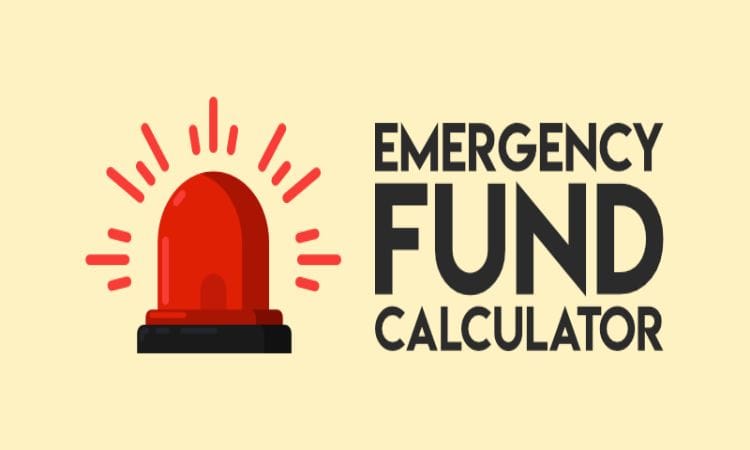Everyone should have an emergency fund, but the concept of saving 6 months’ worth of expenses can sound very overwhelming. It’s like working out for the first time, where do you even begin? In reality, building a safety net isn’t that stressful or scary. With the right approach, you can create your safety net without compromising on your lifestyle.
Contents
Why Six Months Matter
A 3-4 month fund may cover only minor setbacks, but that safety net with 6 months’ worth of funds can really help you sleep better. With those 6 months’ worth of expenses saved, you can survive a job loss, health incident, or extra expenses all without panicking about your finances. However, remember that your 6 months may not look the same for someone else. As such, it’s important to use tools like a 6-month emergency fund calculator to better understand how much money you need. Platforms like SoFi work best in these cases as they provide the best possible tools for you to achieve financial stability.
Step 1: Know Your Starting Point
Before you start saving, it’s important to know exactly what expenses you are saving for. The best way to do this is to pull out your previous years’ bank statements and figure out where your spending is coming from. Add up only the essentials like rent, groceries, utilities, insurance, and loan repayments. Ensure that you don’t add luxuries as you’re saving to survive, not to spend.
Step 2: Break Into Smaller Goals
Looking at a very large number can be daunting and disheartening. The best way to avoid being demotivated by that is to break down the amount into smaller, manageable figures, so it doesn’t seem as scary. For example, if you need to save $10000, then you can start by putting in $1000, or any other amount that’s comfortable. Once you hit your goal, you can move on to the next. But try to add more whenever you can, so you can achieve your goal faster.
Step 3: Automate Your Savings
The more you think about saving, the scarier it becomes. The easy thing to do is automate your transfers to make sure that at least some of your money goes into the fund. Treat this as a bill that you have to pay, even if it’s 5-10% of your income, because eventually it’s going to be a bigger amount. The goal is to stay consistent for the long run.
Step 4: Pick the Right Parking Spot
Your emergency fund shouldn’t be stored in the stock market or put into investments, considering how risky it is. It’s important to keep this money liquid and easily accessible as you are saving for emergencies. Good options here can be a high-interest savings account or a fixed deposit with easy withdrawals.
Step 5: Keep it Flexible
Life is unpredictable, so if something unexpected happens, don’t be afraid to dip into the emergency savings, even if you haven’t saved what you wanted to. If your car is totaled or you need unexpected tests to be done, take money from the fund. It simply means that the fund is working as intended, just don’t forget to replenish it after.
A 6-month safety net exists so that you sleep better at night knowing your finances are taken care of, if the need arises. Knowing you have this cushion enables you to live a stress-free life, lets you take on career choices you wouldn’t have taken before. Using resources like a 6-month emergency fund calculator helps you build financial stability without the stress.







